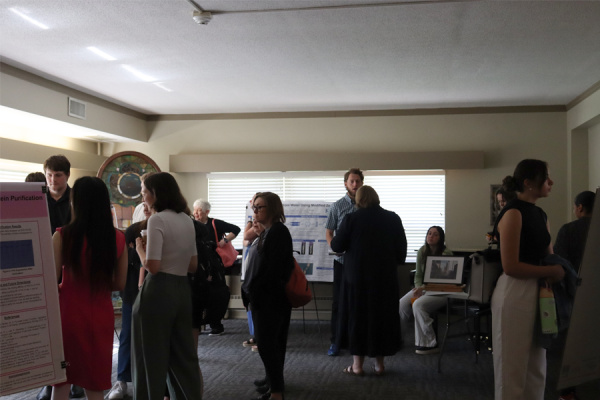Daylight savings should be all year-round
On March 11 clocks in the United States were set forward an hour, marking the beginning of daylight savings time. Although Americans are familiar with the twice-a-year tradition, the history and reasoning behind the time change may not be common knowledge.
Daylight savings time was first introduced in the U. S. during World War I in 1918 when it was put into effect to save coal and fuel. The energy saving achieved a reduced need for artificial lighting in homes and streets because of the additional hour of sunlight. When the war was over, the U. S. returned to standard time.
The next daylight savings law went into effect during World War II with the same purpose of conserving resources, but after the war was over daylight savings time was no longer nationally observed. Despite this, New York City continued to follow the daylight savings time pattern, which caused surrounding areas and other cities to follow it as well.
This resulted in some areas observing daylight savings while others did not, creating confusion and inconsistency within time zones. The Uniform Time Act of 1966 made the U. S. observe daylight savings time for six months out of a year, beginning on the last Sunday of April and ending on the last Sunday of October.
Daylight savings time was later altered in 1973 by former president Richard Nixon. It was kept all year in order to save fuel during the oil embargo. This was in effect for almost two years before returning to the schedule established by The Uniform Time Act.
Finally, daylight savings time was extended to last for seven months of the year in 1986 and then extended to eight months by the Energy Policy of 2005.
The extra daylight in the evening benefits businesses such as shopping centers and outdoor activities as the sun staying out later encourages people to do the same.
Even though there is only an hour difference, at the beginning and end of daylight savings time there is an increase in several health issues, including strokes, headaches and fatigue. Recent studies have also shown that daylight savings may not be saving energy when examining comprehensive energy use.
When examining the pros and cons of the daylight savings time change, there does not appear to be enough pros to warrant the time change. Why continue an inconvenient routine when the majority of the year is already spent in daylight savings time?
Florida is one state that has begun the process of staying on daylight savings time with The Sunshine Protection Act, which has been approved in Florida’s House and Senate. The bill asks Congress to allow states to stay in daylight savings time all year. Currently, states are only allowed to either not follow daylight savings time altogether or follow the nationwide schedule.
Florida officials say that the extra hour of daylight will provide more sunlight for outdoor activities in the evening. The bill also eliminates the bi-yearly time change.
Several other states are also considering doing away with the time change to allow more sunlight in the evening year-round.
The most obvious benefit of staying in daylight savings time all year is the extra hour of sunlight available in the evening. This would allow people getting off work and kids getting out of school to have an extra hour of sunlight in the evenings, which is proven to increase the number of outdoor activities.
The additional sunlight has clear benefits, including an increase in shopping, more time to spend outdoors and no longer needing to change clocks. Until Congress approves a change to the daylight savings time, though, we will have to continue to spring forward and fall back.















